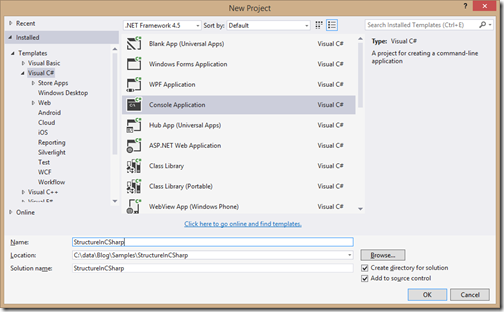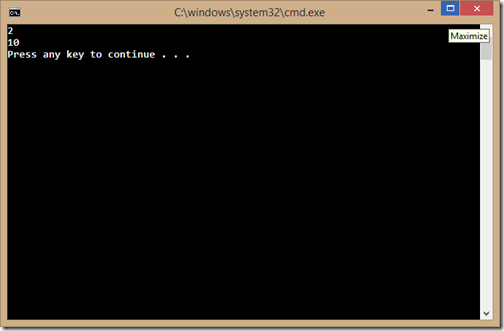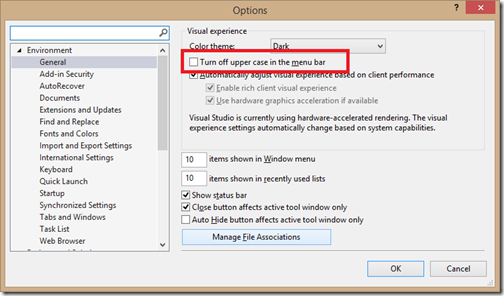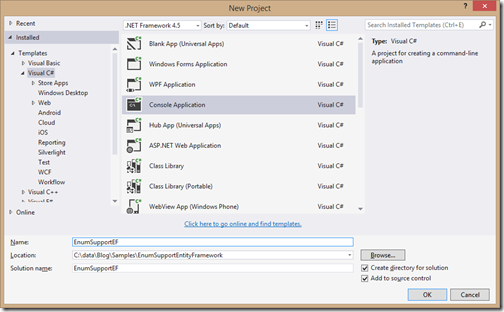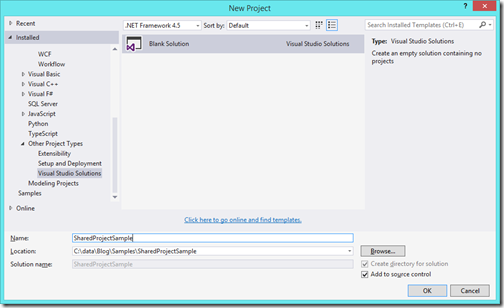I love open source and that’s why I’m making all the source code of my blog post on Github. Now with Visual studio 2015 RC Microsoft and Github released a GitHub tools for visual studio. So now you can directly interact with your Github repositories from team explorer itself. Working with Github never be easy now.
Once you install, Github tools for Visual studio with visual studio 2015 installation. It will be available on Team explorer like below.

Once you install, Github tools for Visual studio with visual studio 2015 installation. It will be available on Team explorer like below.

